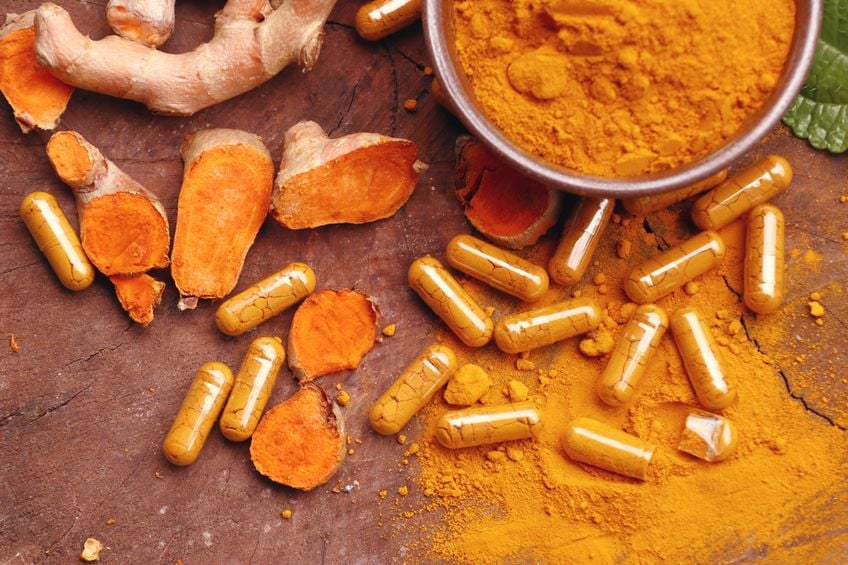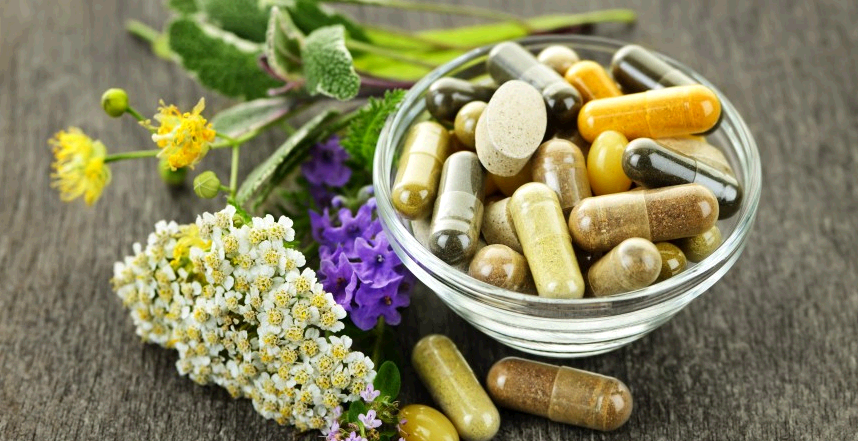JAMAICA | Revitalizing Agriculture: Embracing Turmeric and Nutraceuticals for Economic Growth

KINGSTON, Jamaica, March 25, 2024 - Value-added agriculture is a term that signals the need for innovative approaches to traditional nutraceutical and non-food crops, including turmeric, a spice that naturally proliferates in various parts of Jamaica, especially in the western areas of Hanover, St. Elizabeth, and Westmoreland.

Given its adaptability, turmeric stands out as a promising alternative commercial crop in Hanover, potentially replacing the dwindling Lucea yam industry, and reviving the fading sugar cane sectors in Hanover, Westmoreland, and St. Elizabeth.
Numerous turmeric-based products have a strong demand in the market, a potential that Jamaica could capitalize on. However, achieving this requires ramping up production and investing in agro-processing infrastructure, alongside comprehensive extension services, which the Rural Agricultural Development Authority (RADA) is well-equipped to provide. Moreover, funding from government entities, the private sector, and donor agencies is crucial.
The Jamaica Spice Project, backed by the USDA through ACDI/VOCA, has committed US$20 million over five years to bolster the local spice industry, focusing on turmeric, ginger, and pimento, among others. This initiative offers grants to farming groups to cultivate these spices, laying the groundwork for a robust and competitive spice industry.
This initiative should serve as a catalyst for the government to offer financial aid, including matching grants and loan accessibility from banking institutions to both farmers and agro-processing enterprises.
With an emphasis on export, spices, seasonings, and teas present lucrative opportunities for farmers of all sizes due to their long shelf life, high value, and compact volume. Moreover, these products are culturally significant and widely recognized within the community for their historical use as medicinal plants.
 This does not imply that efforts in cultivating roots, tubers, fruits, and vegetables should slow down. On the contrary, there is a heightened need to increase production of commodities like yams, sweet potatoes, and ackee, given their potential to replace imports and their export possibilities.
This does not imply that efforts in cultivating roots, tubers, fruits, and vegetables should slow down. On the contrary, there is a heightened need to increase production of commodities like yams, sweet potatoes, and ackee, given their potential to replace imports and their export possibilities.
In 2022, total food imports amounted to USD 1.403 billion, whereas exports stood at USD 273 million, leading to a significant deficit in foreign exchange outflows.
Certain imports pose a challenge for competitive local production, such as animal feed, which cost USD 135.8 million, wheat at USD 86.7 million, and rice at USD 52.7 million.
The leading exports for 2022 included yellow yam at USD 34.9 million, ackees at USD 25 million, and coffee at USD 20.5 million. The demand for these products is also increasing in North American markets, with new markets beginning to open up.
The global market for spices and seasonings is expected to expand from USD 18.47 billion in 2022 to USD 25.42 billion, having been valued at USD 17.75 billion in 2021. The forecasted growth rate from 2024 to 2028 is 5.77%, potentially reaching a market value of USD 61.30 billion by 2028.
In 2022, the agricultural sector received only J$146 million for investments, which is relatively small compared to other sectors of the economy.
Regarding nutraceuticals, the announcement of a 500-acre investment in castor bean production promises to develop a commercially viable industry. This could benefit small producers by facilitating quality assurance and price stability.
Many Jamaican manufacturers are in search of local raw materials for products such as teas, oils, and fragrances, but there is a gap in informing farmers about what and how to produce these crops effectively.
Crops like peppermint, other mints, dandelions, fever grass (lemongrass), and chainey root, among others, have the potential to become significant sources of foreign exchange and employment, particularly for those in rural areas.
The agricultural sector stands at a crossroads, requiring a transformative vision and new direction. This shift is contingent upon sufficient investment, clear policy guidance, and a strong resolve.
A considerable amount of agricultural land remains unused. In 1978, the total farmland amounted to 533,798 hectares, but this figure dropped to 325,810 hectares by 2007. With sugar cane and banana production hitting historical lows, the time is ripe for cultivating new industries to strengthen the economy.

In conclusion, the agricultural landscape of Jamaica is poised for a paradigm shift, moving away from traditional staples towards diversified, high-value crops like turmeric, spices, and nutraceuticals.
This transition not only addresses the pressing need to reduce the import-export deficit but also opens avenues for sustainable economic development and job creation, particularly in rural areas.
The success of this transformation hinges on strategic investments, robust policy support, and a collective will to innovate.
By capitalizing on its rich agricultural heritage and embracing a forward-looking approach, Jamaica can cultivate a more resilient and prosperous future for its agricultural sector and its people.
-30-

 Ar
Ar  En
En